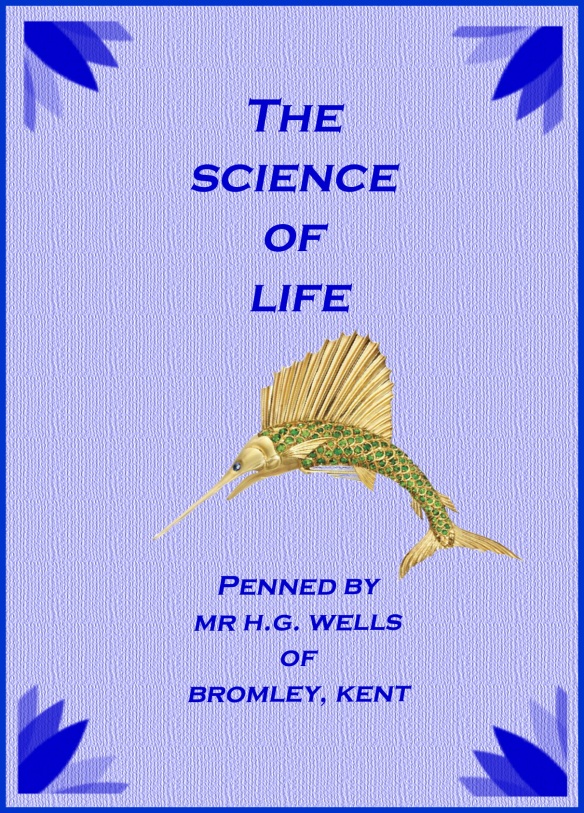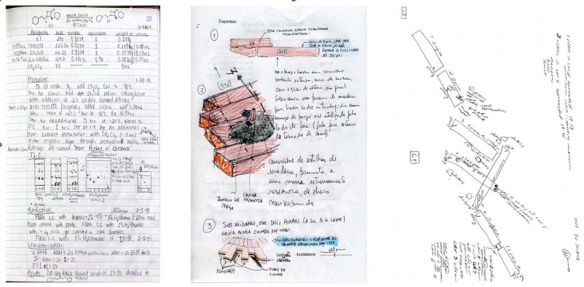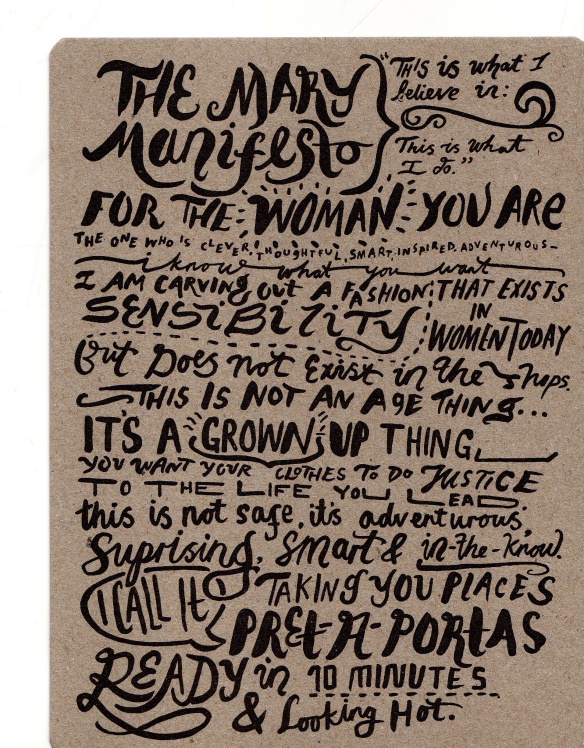The OCA booklet outlines what we have to do for our sketchbooks and learning logs. Yet on Staurday when I went to the OCA WhiteChapel Gallery visit there were quite a few conversations about what was supposed to be done in each one. It is clear that people find it HARD. I think it is because of the problem of working out who the stuff is FOR- and what is the genre. This is, in my opinion, a very hard thing about writing. And once you understand ‘who for’ and ‘why’, then you are OK – or at least in a much better position. But academic writing in all its guises is very niche, very specialist. And lots has been written about this problem. Check out Teresa Lillis, for example.
When I first started to think about the Learning Log and the sketch books I could not quite work out how they differed. Also it reminded me a bit of when I was at school and the maths teacher would always say:
‘Show me your working out, then I can help you’.
I am not sure if the teacher really wanted to see me hold my hands under my desk, counting out on my fingers. I suspect not. This was not what she was after. In fact, she probably pretended not to see.
- 10 Fingers
Nor did she wish to see me secretly drawing boxes and counting them; drawing shapes and trying to divide them up. What my teacher wanted really, was to see the next stage of my thinking – where I showed her I had already learned the steps she wanted me to follow. She wanted the neat stuff. The game was that I had to show her I was thinking like a mathematician. Or more accurately, that I was thinking like her and working out stuff just like she did on the Blackboard. I never learned to think that way – and I failed Maths – repeatedly. (Or as they say in the USA – I FLUNKED MATH. (singular) – now that actually sounds like a hip thing to do.)
However. I think I know why I failed Maths. My teacher needed to help me be more honest. I should have been encouraged to put my hands on the table and count my fingers. Or draw diagrams. And she could then have talked to me about how to make the jump between that, and thinking mathematically. Or maybe even … she could have given me the confidence to see that I was thinking mathematically. It is all about confidence. And this I think, is what our sketchbooks / notebooks are for. Putting down the stuff that really does help you.
When you are doing a course, there is always an ‘as if’ aspect to it. In the case of me, I have to pretend I am an apprentice Graphic Designer. But really, it is about display; about showing stuff for the assessors. It lacks this authenticity because if you were a jobbing designer or photographer, the sketchbooks need only mean something to you. But when you are doing this for assessment purposes, you have to remember the other audience. So it is ‘as if ‘ you are working this out in order to develop your ideas and understandings, but the notebooks and the learning log are dual purpose, they are also about DEMONSTRATING the understandings and thought processes. For yourself and the tutor/assessor. It is this dual aspect that makes it hard. This has always been the case when you have to do stuff for academic assessment.
The ‘as if’ aspect, is that you are behaving as if it is all backstage, but everyone knows, the logbooks and sketchbooks are for the frontstage too. It is a stage whisper. What do I mean by ‘stage whisper’? I mean, it is about pretending you are doing this quietly just to privately develop your ideas, but you actually intend others to witness this and take this on board. You are pretending to be unaware of your audience, but you are only doing it for the audience really. (Goffman has written about this in detail btw). This is why it feels inauthentic. You feel you are supposed to demonstrating that you think artistically through and through. (And this is why students giggle when they take leaflets at exhibitions and say ‘I am going to bung this in my notebook. I will underline some bits!’. )
But this is not it. I think that the log book and the notebook helps us to become the photographers / designers / artists that we want to be. We have to concentrate on this process – and add the signposts to our tutors later.
I think when I use my notebook, I work things out for ME; but I add in bits , little signposts, to help others to understand – labels, titles, opinions, notes. This is an extract from a chemistry notebook – they have to do this stuff too:
I use my learning log to reflect on the quality of the ideas in my notebook; I take things a stage on and think about organising my thoughts so they are ready for an audience. This is more about analysis and critique. Maybe this is closer to ‘The Pitch’. You tell the audience, these are my ideas and this is how I got to them. The Learning log is a streamlined version (not stream of consciousness) – where you explain why some ideas are not so good, in order to outline your learning journey. I get the feeling that while the final product is important, the thinking behind it is also very important. It is showing that you realise you need to THINK, and that proper artists are rarely miraculously inspired; that deep thinking is a requirement and that creativity is a product of hard work. That’s how I am doing it at the moment anyway.
And how does this post fit in? It is me analysing what a learning log is so that my learning log can become a bit better!


















































